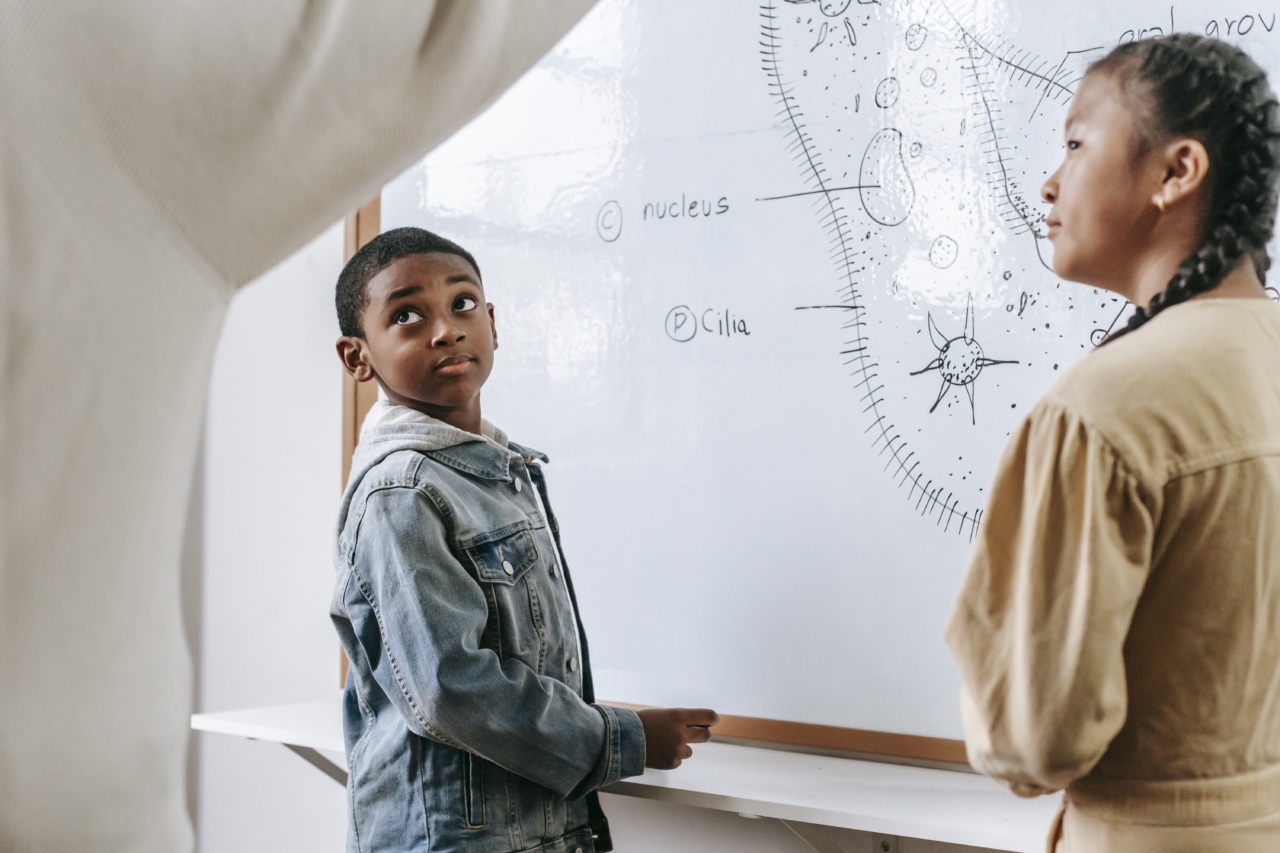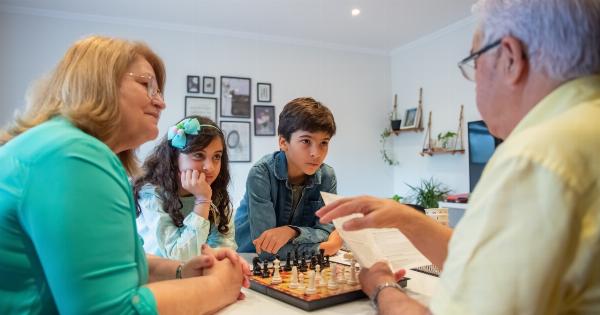Understanding the biology of sexuality is crucial for our children’s overall development and well-being.
By equipping them with accurate and age-appropriate knowledge, we can help them navigate their own identities, respect others, and make informed decisions. This article explores the importance of teaching children about the biology of sexuality and provides guidance on how to approach this complex topic.
The Basics of Sexual and Reproductive Anatomy
One fundamental aspect of understanding sexuality is learning about sexual and reproductive anatomy.
Teaching children about the different parts of their bodies and their functions can help normalize conversations about sexuality, debunk myths, and promote body positivity and self-acceptance.
Explaining Biological Differences
It is essential to help children understand the biological differences between male and female bodies.
From chromosomes and hormones to secondary sexual characteristics, educating them about these distinctions can foster respect, empathy, and a deeper understanding of gender diversity.
Puberty: Changes and Challenges
The onset of puberty is a critical stage in a child’s life when hormonal changes bring about physical and emotional transformations.
Explaining the biology behind these changes can prepare children for what to expect, reassure them about the normalcy of these developments, and promote body positivity.
Sexual Reproduction: The Basics
As children grow older, it becomes important to discuss the biology of sexual reproduction.
Explaining how reproductive organs function, the menstrual cycle, and the role of sperm and eggs can provide a solid foundation for understanding human reproduction and contraception.
Consent and Boundaries
An integral part of learning about the biology of sexuality is understanding consent and boundaries.
Teach children about the importance of establishing and respecting personal boundaries, understanding consent as an ongoing agreement, and recognizing the rights and autonomy of others.
Sexual Orientation and Identity
Helping children understand sexual orientation and identity is crucial for fostering a safe and inclusive environment.
Discussing different sexual orientations, such as heterosexual, homosexual, bisexual, and asexual, can promote acceptance, reduce prejudice, and cultivate empathy and respect for diversity.
Intersectionality and Gender Identity
Exploring the intersections of sexuality, gender identity, and other aspects of identity can deepen children’s understanding of the complexities of human experiences.
Educate them about transgender, non-binary, and gender non-conforming identities, and emphasize the importance of using appropriate pronouns and respecting individual journeys.
Online Safety and Digital Literacy
In the digital age, teaching children about online safety, consent in the virtual world, and the responsible use of technology becomes crucial.
Discussing topics like sexting, online harassment, and the potential risks of sharing personal information can empower children to navigate the internet safely and responsibly.
Inclusive Education and Resources
Ensure that the education provided is inclusive and represents diverse perspectives. Use resources that cover a range of sexual orientations, gender identities, and experiences to create a welcoming learning environment for all children.
Encourage open dialogue and answer their questions without judgment or stigma.
Supporting Our Children
Supporting children in understanding the biology of sexuality requires creating an open and accepting environment. Encourage them to communicate their thoughts, feelings, and questions, and be prepared to provide age-appropriate, accurate information.
Foster an environment where they feel safe and supported in their exploration of their own identities.
Conclusion
By helping our children understand the biology of sexuality, we equip them with the knowledge and skills necessary to navigate their own identities and relationships.
Through open and inclusive conversations, we can promote empathy, respect, and acceptance, creating a future in which all individuals can thrive.




























